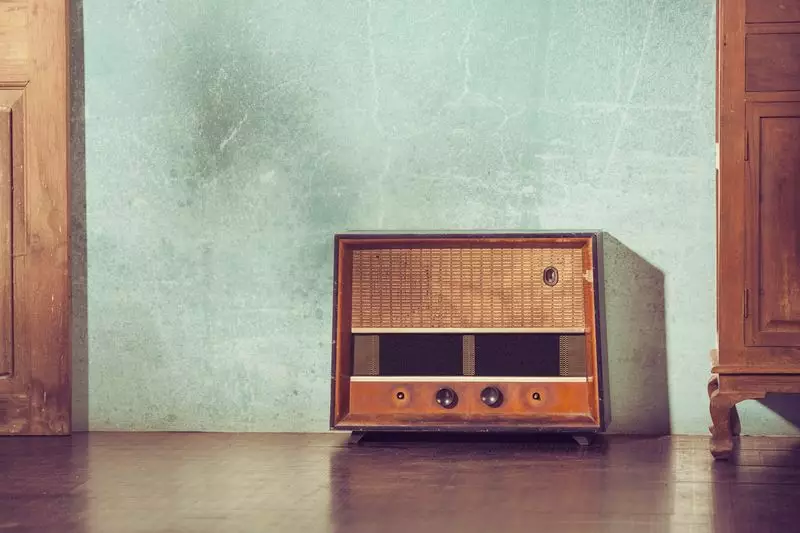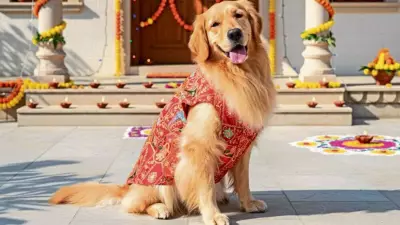
Before smartphones and streaming services dominated our attention, there was a magical device that united millions of Indians in shared experience - the humble radio. For generations, the radio wasn't just an appliance; it was the centerpiece of family entertainment, the primary source of news, and the cultural glue that bound communities together.
The Dawn of Radio Broadcasting in India
The journey of radio in India began with amateur radio clubs in cities like Kolkata, Mumbai, and Chennai during the early 1920s. The Indian Broadcasting Company (IBC) officially launched radio services in 1927, marking the beginning of organized broadcasting in the country. However, financial challenges led to IBC's closure in 1930, prompting the government to take over broadcasting operations.
This transition proved pivotal. In 1936, All India Radio (AIR) was established, becoming the backbone of India's audio broadcasting landscape. Under the leadership of Lionel Fielden as its first Controller of Broadcasting, AIR began expanding its reach across the vast subcontinent, connecting people from diverse linguistic and cultural backgrounds.
The Golden Age: Radio as Family Centerpiece
During the mid-20th century, radio sets became prized possessions in Indian households. Families would gather around their valve-operated receivers, often encased in beautifully crafted wooden cabinets, to listen to their favorite programs. The experience was communal rather than individual - neighbors would frequently join these listening sessions, transforming radio entertainment into social events.
Programming was remarkably diverse and sophisticated, catering to various tastes and age groups. Classical music concerts, particularly featuring legendary artists like Pandit Ravi Shankar and M.S. Subbulakshmi, attracted devoted listeners. Dramatic productions brought stories to life through sound alone, while news bulletins kept citizens informed about national and international developments.
One of the most beloved segments was the Binaca Geetmala countdown show hosted by Ameen Sayani, which became a national phenomenon. Every Wednesday evening, millions would tune in to hear the latest Hindi film songs, making it the longest-running radio program of its kind and an institution in Indian broadcasting history.
Cultural Impact and National Integration
Radio played a crucial role in nation-building during India's formative years post-independence. All India Radio became a powerful tool for promoting national integration by broadcasting content in multiple languages and showcasing the country's cultural diversity. Programs highlighted folk traditions from different regions, classical music from various gharanas, and literary works from across the linguistic spectrum.
The medium also served educational purposes, with special broadcasts for schools and agricultural programs for farmers. During emergencies and natural disasters, radio became the most reliable source of information, often continuing to function when other communication systems failed.
Iconic voices like Melville de Mellow became household names, their distinctive styles and delivery making them instantly recognizable to listeners nationwide. Their commentary during significant national events, such as Republic Day parades and independence day celebrations, became part of the collective memory of generations.
The Technological Evolution and Changing Times
The transistor revolution of the 1960s made radios more affordable and portable, dramatically expanding their reach into rural India. Suddenly, farmers could listen to weather reports and agricultural advice while working in their fields, and housewives could enjoy music while doing household chores.
However, the advent of television in the 1980s marked the beginning of radio's decline as the primary entertainment medium. Doordarshan's rapid expansion captured the public imagination, offering visual entertainment that radio couldn't match. The proliferation of private FM channels in the 1990s and early 2000s, while revitalizing radio to some extent, transformed it from a primary to a secondary medium - something people listened to while commuting or working, rather than gathering specifically for.
Today, in the age of digital streaming and on-demand content, the golden era of radio might seem like a distant memory. Yet its legacy endures in the podcasts and audio content that have seen a resurgence in recent years. The intimate connection between voice and listener that radio perfected continues to resonate, proving that some forms of communication are timeless.
The story of radio in India is more than technological history - it's a narrative about how a nation communicated with itself, how families bonded, and how culture was preserved and transmitted across generations. While the devices have evolved from valve sets to smartphone apps, the fundamental human need for connection through sound remains unchanged.





